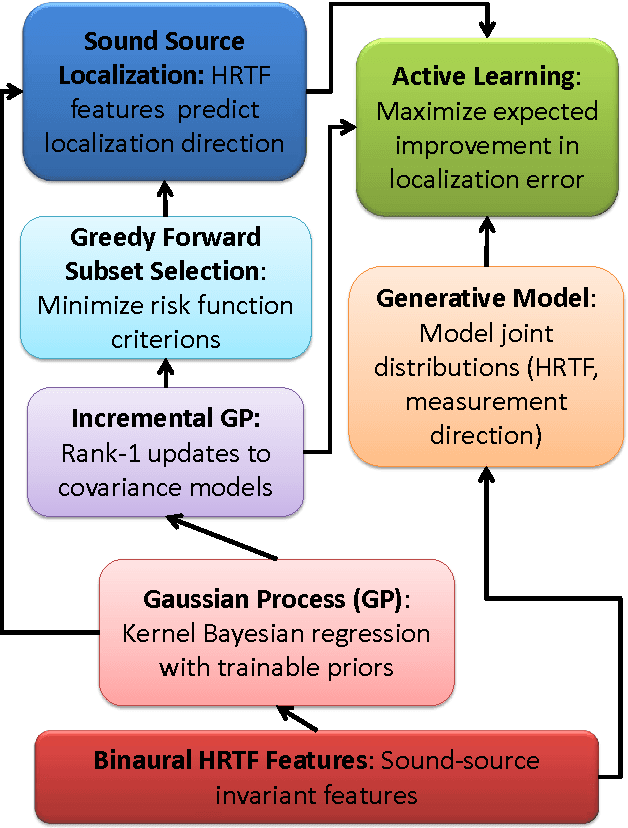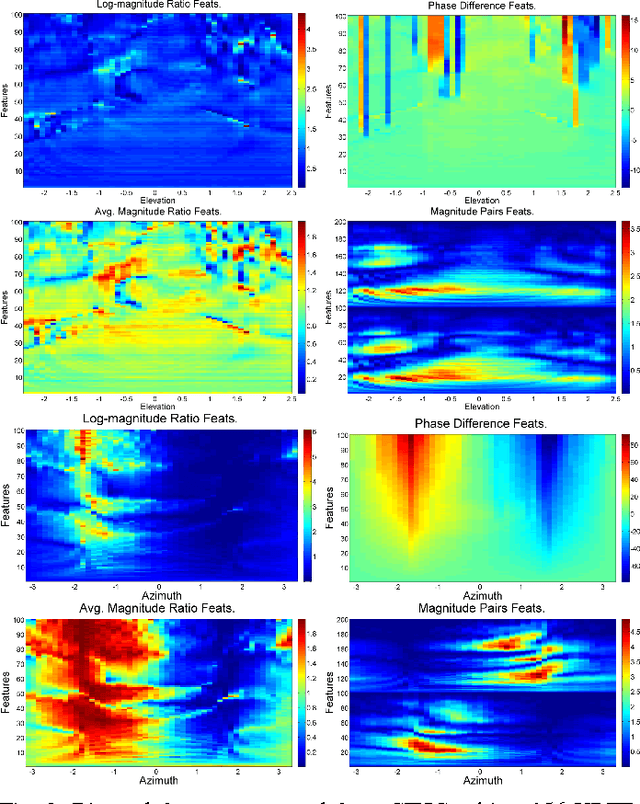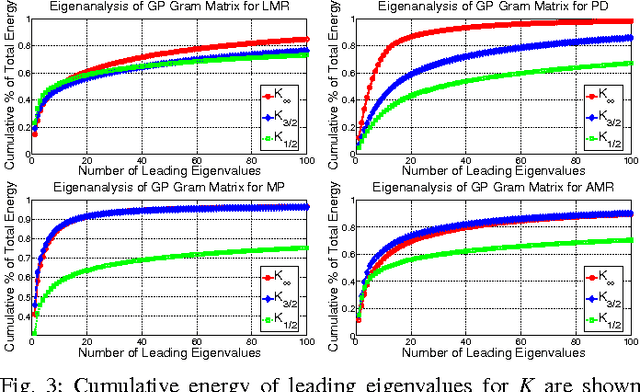Gaussian Process Models for HRTF based Sound-Source Localization and Active-Learning
Paper and Code
Feb 11, 2015



From a machine learning perspective, the human ability localize sounds can be modeled as a non-parametric and non-linear regression problem between binaural spectral features of sound received at the ears (input) and their sound-source directions (output). The input features can be summarized in terms of the individual's head-related transfer functions (HRTFs) which measure the spectral response between the listener's eardrum and an external point in $3$D. Based on these viewpoints, two related problems are considered: how can one achieve an optimal sampling of measurements for training sound-source localization (SSL) models, and how can SSL models be used to infer the subject's HRTFs in listening tests. First, we develop a class of binaural SSL models based on Gaussian process regression and solve a \emph{forward selection} problem that finds a subset of input-output samples that best generalize to all SSL directions. Second, we use an \emph{active-learning} approach that updates an online SSL model for inferring the subject's SSL errors via headphones and a graphical user interface. Experiments show that only a small fraction of HRTFs are required for $5^{\circ}$ localization accuracy and that the learned HRTFs are localized closer to their intended directions than non-individualized HRTFs.
 Add to Chrome
Add to Chrome Add to Firefox
Add to Firefox Add to Edge
Add to Edge